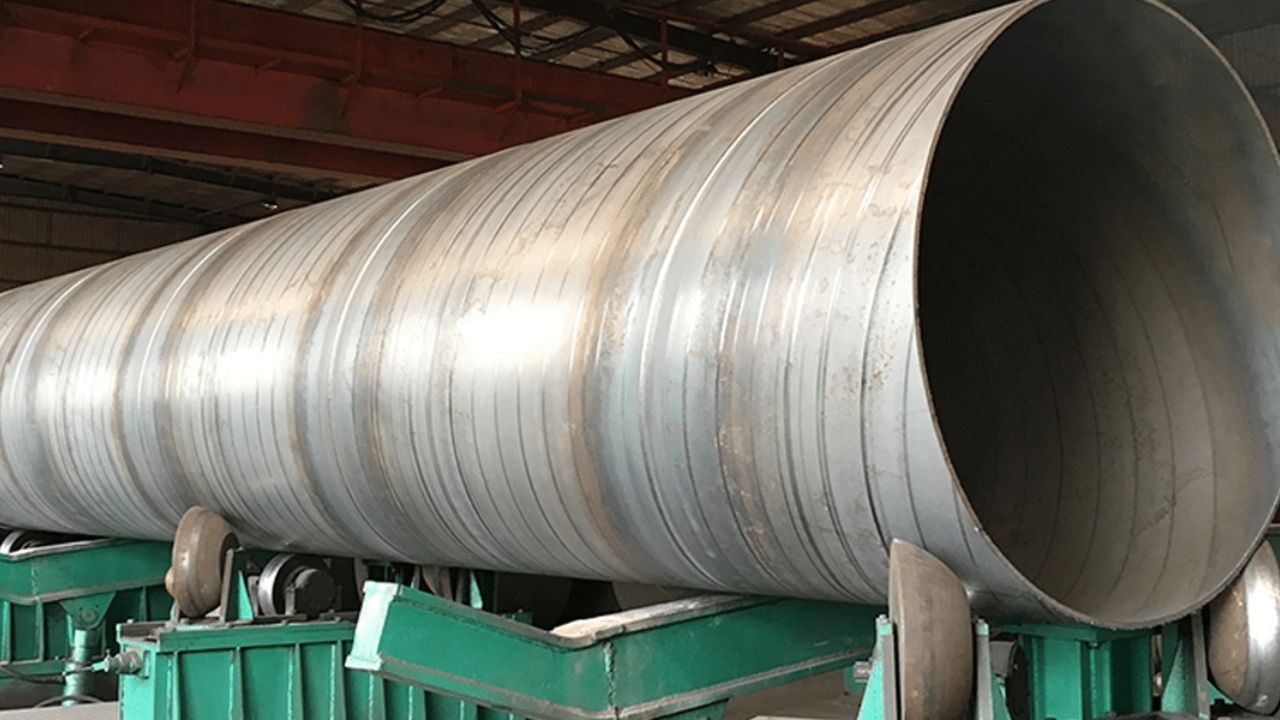Kayleigh shares articles on Society blog. She also blogs about her experiences in the workforce and how she set out to find a career she loved, which led her to work with an ethical employer. maemae believes that life is too short not to enjoy your job, and that there's no shame in pursuing a career you love!

The astm a252 pipe chart is a very relevant tool for engineers, contractors, and purchasing experts working in foundation, structural, and infrastructure undertakings. It provides an elaborate stratification of dimensions, wall thicknesses, schedules, and sizes of the steel vessels rendered of piling piped according to the ASTM A252 standard. With the knowledge of this chart, the professionals will be able to choose the right pipes suitable for the project requirements, so that there is safety, structure, and durability of the project.
Learning the Use of a Pipe Chart
The main role of the ASTM A252 pipe chart is to give established measurements and specifications of steel piling pipes. These are the nominal pipe size (NPS), the outside diameter (OD), the wall thickness, and the schedule numbers. They are technically useful when structuring a bridge, port, building, or pipeline with the structural load and the ground requirements being in correspondence with the mechanical strength of the pipe.
The ASTM A252 pipes are divided into three grades, Grade 1, Grade 2 as well and Grade 3, and they all have different yield specifications and tensile requirements. The dimensions of the chart can support each of the three grades, and therefore, the decision-makers will have the option to consider one type of pipe that suits the projected strength, area of application, and the installation setting.
Decomposing Important Measures in the Chart
Nominal Pipe Size (NPS) The standardized designation of pipe sizes is called nominal pipe size, or simply NPS; it does not necessarily indicate the actual outer diameter. An example of this is that a pipe that has an NPS of 6 could be 168.3 mm. Confusion is eliminated through the same ASTM A252 chart, which shows NPS and the matching OD in millimeters to enable the engineers to tabulate and match specifications with the project requirements.
Another important aspect, wall thickness, is also indicated in the chart based on various schedule numbers. The variety of pipes includes SCH 5-SCH 140 pipes, and they are defined by the level of wall thickness. Heavier schedules are utilized in applications that may place heavier loads or be set in harsher environments. The chart makes scrolling easier as it has a list of the available wall thicknesses in various pipe sizes, depending on the kind of performance a given professional may have.
Insights of Grades and Implications in Charts
The purpose of each grade in ASTM A252 is different, and a pipe chart supports the mechanical needs of the three. Grade 1 pipes possess a yield strength of a minimum of 205 MPa and therefore, grade 1 pipes are only suitable for less intensive foundation works. The Grade 2 pipes provide 240 MPa of yield strength, and these are commonly utilized in bridge piers, structural columns, and the like. Grade 3 offers the greatest strength of using 310-min yield, and is meant to be used in heavy-duty structures such as marine structures and deep foundations.
The chart assists in the correlation of thickness of the wall and OD of tube of each grade to their performance in terms of their structure enabling the user to know that the selected pipe matches the dimensional requirement as well as the mechanical requirements. This renders the chart to be invaluable when more than one grade is in the same project and the magnitude of uniformity in size is essential.
Global Projects Metric and Imperial Conversions
In international works, there is a difference between imperial and metric systems, which are bridged by the ASTM A252 pipe chart. It also has the sizes written both in inches and millimeters to suit the clients and engineers in different regions. As an example, a pipe with NPS 10 has an OD of 273.0 mm, and the thicknesses of the walls are listed in inch fractions and millimeter IPS interconversion value.
This means of two formats helps to achieve the global standardization and avoid misunderstandings in manufacturing, transportation, and installation. It also makes it possible to have very smooth coordination of the work of teams that operate in different countries having a shared set of values of references.
Conclusion
The ASTM A252 pipe chart is nothing more than a pile of numbers; it is a very essential tool that aids in the selection, assessment, and inspection of steel piling pipes in diverse structural and industrial undertakings. The chart is made up in such a way that there is a detailed description of the size of pipes, the thickness of the walls of the same, and the grade of the whole lot. What this means is that all parts that are used at a construction site are appropriate. When combined with the stability and backup of veteran suppliers such as PandaPipe, it can then become a priceless asset in the provision of safe, lasting, and economical infrastructure facilities.
